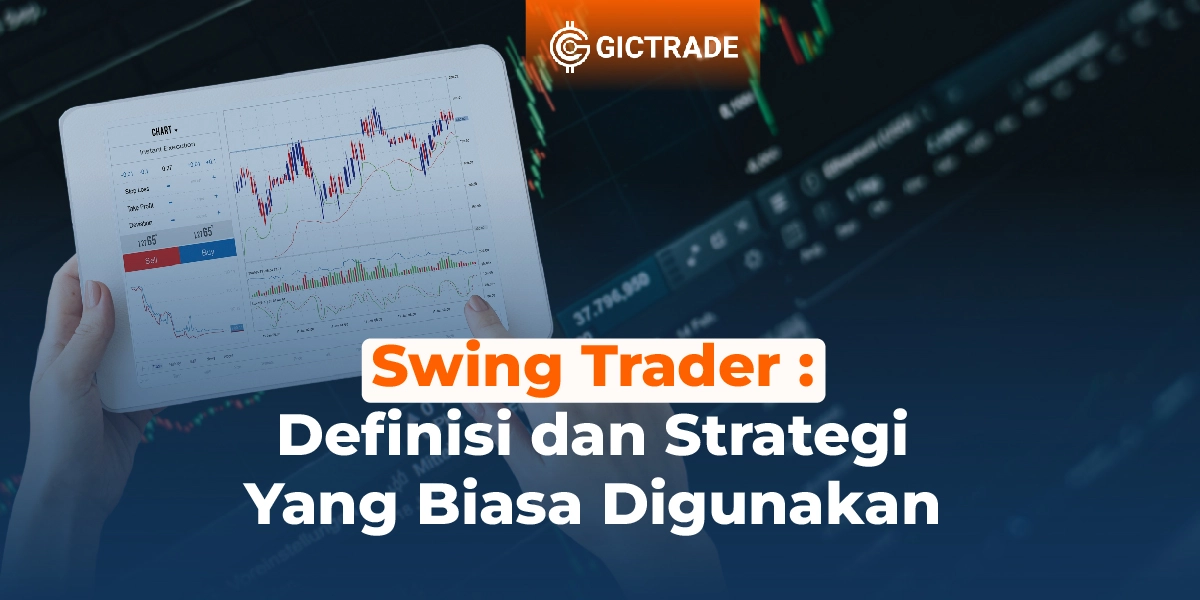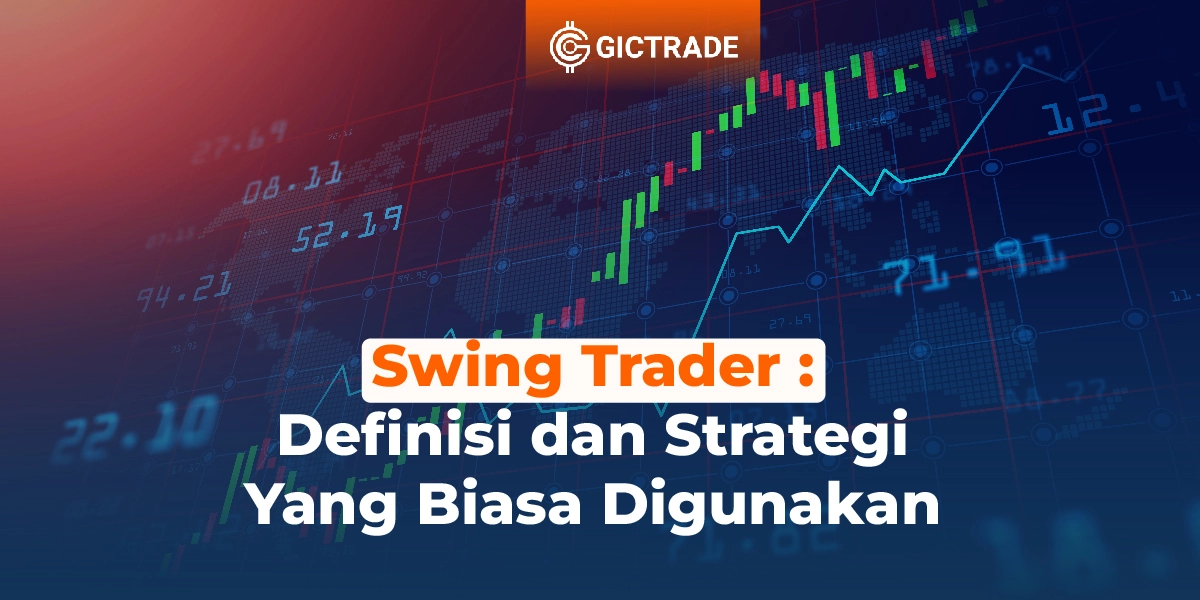What is Swing Trade?
Swing trader is a term for people who run swing trading. The definition of swing trading itself is a strategy that focuses on reaping small profits on short-term trends by cutting losses faster. The profits are indeed smaller, but if done consistently, the profits will be used to make very good annual returns. Swing trading positions usually last for days to weeks and can also last longer. The concept of this trading is based on the conclusion that explains that security goes up and down to a certain limit. Prices may reverse. The most important part of swing trading is that you must have good risk management to minimize losses. You mean having a stop-loss order before entering a trade and exiting quickly when this order is used.
Table of Contents

Swing traders hold their positions for 2 days to several weeks, making swing trading a way to trade in a bear market. There are two types of swing trading:
- Counter trend swing trade - buying or selling into support or resistance areas towards the major trend (selling into support areas for an uptrend).
- Trend following swing trade - buying or selling into resistance areas towards a minor trend (buying into support areas during an uptrend).
Swing Trading Strategy
Swing traders will typically look for daily chart patterns. Some patterns involve MA crossovers, cup and handle, head and shoulders, flags, and triangles. Reversal candlesticks can be used in addition to existing indicators to create a solid trading plan.
Become a Reliable Swing Trader Just By Downloading This Application!

Ultimately, every swing trader develops a strategy that gives them a lot of profit on their trades. This involves finding trade setups that lead to anticipated price movements of an asset. Of course, this is not easy, considering that no strategy is consistently successful. The more favorable the risk of the trading strategy used, the less time it will take to win and generate an overall profit from many trades.
Below are the most frequently used strategies:
- Trend following - This strategy tries to anticipate the direction of the market and trade accordingly.
- Mean reversion - In this strategy, swing traders try to identify when to sell or buy an asset based on price data, then follow the trend consistently to maximize profits when it reverses back in the opposite direction of the original trend.
- Moving average - MA is used by swing traders as a tool to determine the next direction of an asset.
- Japanese candlestick - This strategy is quite easy for traders who are used to understand the trend of securities on the chart. Swing traders also recognize pressure points on buying and selling to get maximum profits.
Day Trading vs Swing Trading
Scalping and swing trading are both stock trading strategies based on short-term price movements. In scalping, traders enter multiple trades during a trading session where they hold securities for a short period of time ranging from seconds to minutes. In swing trading, traders keep positions open for days to weeks before exiting a trade.
Here are the main differences between these two strategies:
- Scalping requires catching every price movement, while in swing trading the movements are spread over a period of days to weeks.
- In scalping, traders monitor charts from 1 to 5 minutes, while swing traders (ST) track daily or weekly charts.
- In scalping, securities are held for seconds to minutes, whereas ST is held for longer periods of weeks or more.
- In scalping, traders have to catch the right movement several times, while ST traders only have daily and weekly time to determine their trading time.
- Scalping is inherently difficult and stressful compared to ST. This is because scalping requires consistent monitoring and traders have to make decisions quickly.
Conclusion
So what types of securities are suitable for swing trading? While swing traders can enjoy their rewards in a number of securities, the best candidates are companies that have large stocks or companies with the most actively traded stocks on major exchanges. In an active market, these stocks will often experience up and down movements like a swing game, so in this case, swing traders will ride the wave in one direction for a period of days or weeks. Then they start to switch to the opposite side of the trade when the stock begins to reverse direction. Swing trading can also be done in commodities that are actively traded in the forex market.
Want to Start Stocks But Hesitant Because It's Expensive? Join the Gold Sharing Program Now!
Arrange your plan to be able to get 24k gold pieces right now! The requirement is of course that you can start by trading at GICTrade. To be able to get 0.05 gram gold pieces, Trading can be started from 1 lot with a minimum open position time of two minutes after you deposit 350GICT. The gold prize will be sent directly to you within ± 7 working days from the date of deposit. This period is valid from January 17 - March 31, 2023.
There's still lots of other fun that you can get at GIC Share Gold #RemoveAnxietyWithGold.
 Last:
Last: 






